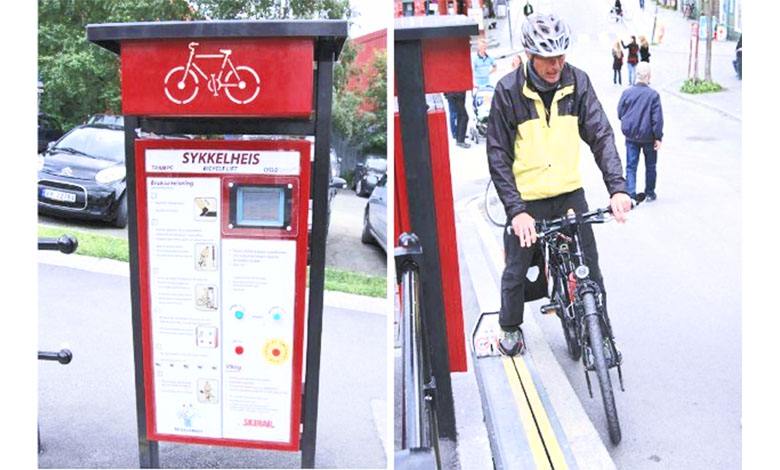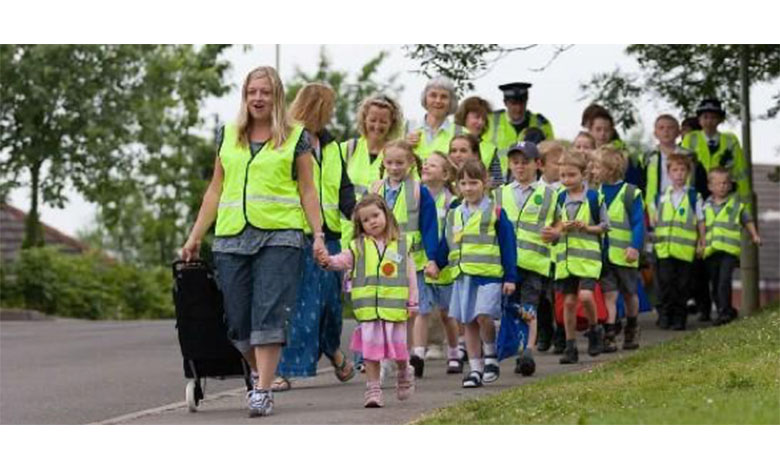

Marianne is an architect, futurist, and healthy city design expert. She has over 10 years of experience in climate mitigation and sustainable city design in Europe and North-America. After an interesting career as a structural engineer, renewable energy consultant, and futurist, she returned to her first love of city design.As a co-founder and managing partner at Healthy City Global, she is currently transforming cities around the globe into healthy environments and communities.Marianne is an experienced and inspiring speaker. She’s talked to everyone from small intimate groups to 1000+ audiences.
Our well-being is influenced by the cities we live in and the world is taking note.
There is no doubt that our rapidly growing urban environment is having an impact on the way we get around, and in turn, on our overall health and well-being. The fact is that time spent commuting in automobiles or public transit, decreases the amount of time people can actually be active. When we commute more than 16 km, we have an increased risk of higher blood pressure levels, which can increase the risk of cardiovascular disease.
Commuters who take long daily trips have a 50% increased risk of being obese and are 33% less likely to reach the required amount of weekly exercise.
Not only is our physical health at jeopardy, but commuting by car can also affect mental health. One study revealed that commuters who travel more than 16 km to work had a higher tendency toward depression and those who commute more than 30 minutes reported higher levels of stress and anxiety than those with shorter commutes or no commutes at all. Long commutes decrease the time we can spend with family and friends which is known to reduce our happiness. If your commute is more than 45 minutes each way, it increases the likelihood of a breakup with a partner by 40%, a large scale Swedish study showed.
For children, who are vulnerable to the health implications of little to no physical activity, reduced opportunity for more active transportation such as cycling or walking, is even more concerning. The percentage of students getting a ride to school in the Greater Toronto Area (GTA) has doubled while the number of kids who walk or ride a bike to school has decreased by almost 13%.
A Canadian survey found that 32% of 5-17-year-olds in Canada are overweight or obese.
Car-dominated environments also reduce opportunities for simply playing outside. It is clear by observing virtually any urban and suburban neighborhood in North America that children spend more time indoors interacting with screens. Studies show that children who get little to no daily activity have reduced cognitive functioning and are at a higher risk for developing mental health issues later in life. It limits social interaction with other children and interferes with confidence building and problem-solving skills – all significant limitations which will likely follow to adulthood.
How the World is taking action
On a larger city scale, urban planners, urban designers, architects, and engineers are working together to change land use patterns, increase density and enhance the overall walkability of communities, providing more options for active mobility in the built environment.
However, there are also simple changes that can be made to the built environment to encourage physical activity. In Trondheim, Norway, a bike elevator was installed to assist cyclists up a 130-meter hill in the city. At approximately the same cost as installing a bike lane, the bike lift takes away the challenge of cycling on the uneven terrain.
As a result to the bike lift, Trondheim saw a 41% increase in cycling participation among bike lift users.
It is simple modifications such as this which make active commuting a more realistic option for employees.
New York City has created an innovative system, called WalkNYC which displays walking distances for pedestrians. The permanent signage also pinpoints subway stops and even wifi hotspots. Using graphics and clear visual language, it helps guide people more efficiently and effectively.

In Rome, the “walking school bus” has become a popular, safe, fun and healthy way for children to get to and from school without relying on the car. It has helped to limit the number of cars on the road and improves physical and mental health as it allows children to socialize with other children, get some fresh air, and physical activity before arriving in class.
There is a lot to be gained by increasing our physical activity. Is your community doing something interesting to increase your mobility? Share your story in the comments below!
This article was written in collaboration with Maddy Luker.
Originally published on the Healthy City Global blog on June 10th, 2019.











